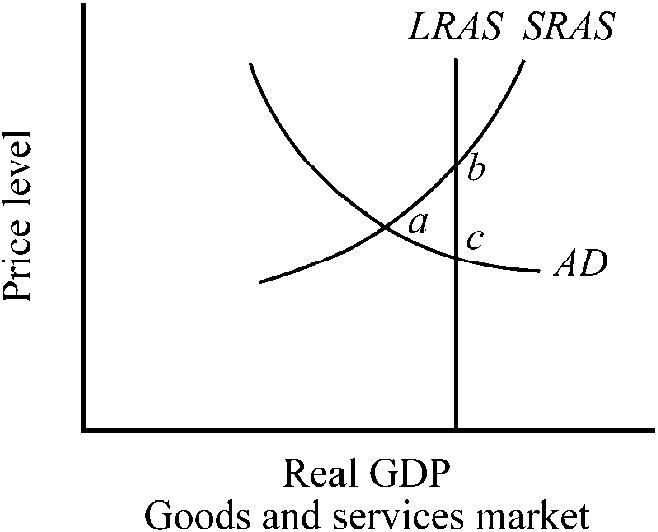Which of the following is a problem that arises when regulations force "natural monopolies," like electric utilities, to charge a price that is equal to their marginal cost (MC)?
a. This price will force the firms out of business in the long run.
b. The firms have an incentive to pad their fixed costs.
c. When price is equal to MC, new firms will enter the industry and drive up the costs of production.
d. Both b and c are correct.
A
You might also like to view...
The Great Depression began in
A. the second half of 1929. B. the middle of 1930. C. early 1932. D. March 1933.
In the above figure, the lowest price for which the firm will sell its second ton of wheat is
A) $25. B) $50. C) $75. D) $100.
If a monopolist sets her output such that marginal revenue, marginal cost and average total cost are equal, economic profit must be:
A) negative. B) positive. C) zero. D) indeterminate from the given information.
Figure 10-8

The economy depicted in is in
a. short-run equilibrium at less than the full-employment output level.
b. short-run equilibrium at an output level beyond full employment.
c. long-run equilibrium at point a.
d. long-run equilibrium at point b.